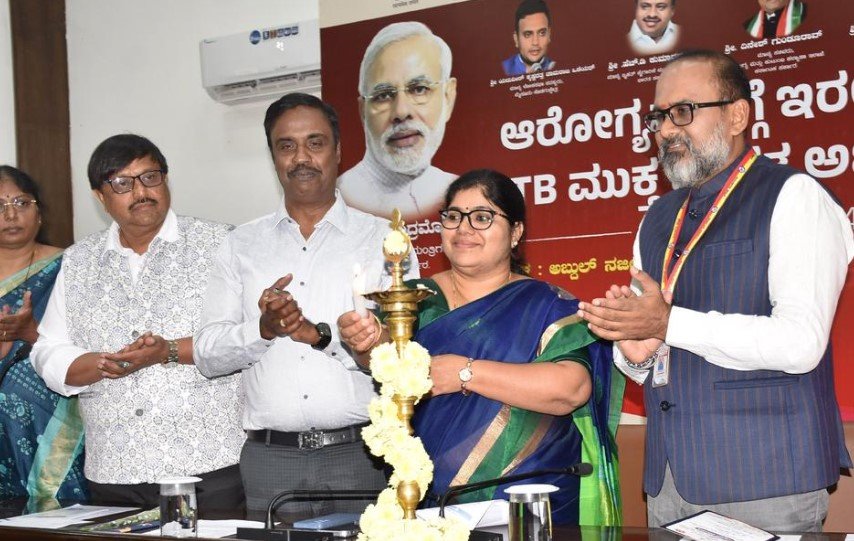India set an ambitious goal in 2018: eliminate tuberculosis by 2025. Seven years later, as World Tuberculosis Day 2025 unfolds, it’s time to assess whether the nation is on the brink of a historic public health victory — or if the finish line remains a distant hope.
The ‘TB Free India Campaign’: A Bold Promise
Back in 2018, the Indian government launched the ‘TB Free India Campaign’ with high hopes. The strategy aimed for early detection, improved treatment, and prevention. The National TB Elimination Programme (NTEP) became the driving force, setting the stage for an all-out war on the deadly disease.
The Ni-kshay portal emerged as a digital backbone, tracking patients throughout their treatment. Health workers from Ayushman Arogya Mandir and ASHA networks kept a watchful eye on patients, ensuring they stuck to their medication plans. Community supporters were even assigned to motivate and monitor patients. To sweeten the deal, financial incentives were added — a crucial nudge to ensure patients completed their full course of treatment.
But has all this effort translated into real-world success?

TB in Numbers: Progress or Plateau?
The latest data from the World Health Organization (WHO) paints a sobering picture. In 2023, TB claimed 1.25 million lives worldwide — 1,61,000 of whom were also living with HIV. That year, 10.8 million people fell ill with tuberculosis globally, including 6 million men, 3.6 million women, and 1.3 million children.
India, home to one of the highest TB burdens, saw mixed progress. The Ni-kshay portal reported millions of cases tracked and treated, but the country still carries a substantial share of global infections. Drug-resistant TB remains a stubborn adversary, with only about 40% of patients accessing the specialized treatment they need.
The Ground Reality: Challenges and Roadblocks
Despite technological advances and community-based support, eradicating TB isn’t as straightforward as following a blueprint. Ground-level challenges continue to weigh down progress.
- Late detection: Many TB cases go undiagnosed or are detected too late for effective intervention.
- Drug resistance: Multidrug-resistant TB (MDR-TB) is spreading faster than treatments can keep up.
- Stigma: Social shame around the disease keeps patients from seeking timely help.
- Healthcare gaps: Rural areas face a critical shortage of doctors, diagnostic facilities, and medication access.
On top of this, COVID-19 disrupted TB care in 2020 and 2021, leading to setbacks in testing and treatment coverage. The Health Ministry admits the pandemic temporarily diverted resources, slowing the campaign’s momentum.
Is 2025 Still Within Reach?
Realistically, India’s goal of eliminating TB by 2025 looks increasingly ambitious — perhaps overly so. However, ‘eliminate’ doesn’t necessarily mean zero cases. The WHO defines TB elimination as reducing cases to less than one per million people annually.
If India pushes harder in the next year, key wins are still possible:
- Expanded screening programs targeting high-risk communities.
- New vaccines — promising trials are in the pipeline.
- Faster diagnostics that cut wait times from weeks to hours.
- Stronger outreach efforts to tackle social stigma.
The 2025 target may not mark the end of TB in India, but it could be a turning point. If current efforts intensify, the goal might shift from elimination to near-eradication — a milestone that would still save millions of lives.
